Introduction

'Kitna deti hai?' is question that always lingers in the minds of two-wheeler buyers, irrespective of which segment they are buying into. While a manufacturer can claim an astronomical fuel efficiency number thanks to the shield of ‘standard test conditions’, the real world presents its own sets of problems which greatly hurt a two-wheeler’s frugality. Nevertheless, taking a few precautions can go a long way in helping to extract the maximum out of each drop of fuel. Here are five tips to get optimum fuel efficiency from you two-wheeler.
Go easy on the throttle

Hard acceleration and aggressive riding might save you a few minutes in the real world, but these are the easiest ways to skew up your two-wheeler’s fuel economy. Aggressive throttle inputs increase the load on the engine and its fuel consumption. Being smooth and progressive with your throttle goes a long way in making your ride frugal.
Stay in right gear for the speed

Every engine has a sweet spot in its rev range, called the torque band. When a motorcycle is kept in the torque band, it consumes least amount of fuel while offering optimum grunt. Besides, moderately operating your throttle also helps improve the fuel economy. Short-shift through the gears and maintain the sweet spot as far as possible. Commuter motorcycles usually come with an economy indicator or a ‘green zone’ painted on their speedometer to display this sweet spot. While popular myth would suggest that you to stay in the highest gear possible at all times, it is necessary that you do not stay too low in the rev range as this can lead to engine knocking and more fuel consumption. Choose the appropriate gear for the speed that you are maintaining.
Maintain recommended tyre pressure

Ensure that you check the tyre pressure of your two-wheeler at least once a week. It might seem like a very trivial detail, but running low air pressure can significantly affect your fuel efficiency. Low air pressure increases the contact patch of your tyres and puts more stress on the engine. While higher air pressure might seem like a good way of reducing the contact patch and further improving the efficiency, the trade-off is a bumpy ride and lesser grip.
Refine your riding

Changing a few riding habits can make a big impact on your two-wheeler’s fuel economy. Use your brakes as sparingly as possible. While this doesn’t mean that you stop using them altogether, it is advisable to look ahead and adjust your speed by going off throttle according to the traffic. While filtering through traffic, carry your momentum with a steady throttle instead of braking and accelerating hard. At traffic signals, turn off the engine if you have to wait for more than 30 seconds. Many people unknowingly rest their foot on the rear brake, causing the brake to engage slightly. While the braking force from this might not cause a significant dip in performance, the fuel economy does take a hit.
Regular maintenance

Apart from regularly servicing your motorcycle or scooter, it is necessary to take care of a few other things. Have your spark plugs cleaned and chain lubricated at the specified intervals. Open chains will require lubrication more frequently, as often as 500 kilometres, than the ones protected by a chain cover. For fuel-injected motorcycles, get the injectors cleaned or replaced at interval suggested by the manufacturer. Ensure that the air filter is clean, as continuous usage in urban and dusty environments can clog it up quite easily. A clogged air filter will reduce fuel economy and can also cause the engine to stall. Scooters require a change of air filter more frequently than motorcycles, so refer to the manual to ensure timely replacement. It is also a good practice to fuel up your motorcycle after sundown or early in the morning, to minimise the evaporation of petrol while filling up. Ensure free movement of your brake liners.
Gallery
1/2
Double Tap to Zoom



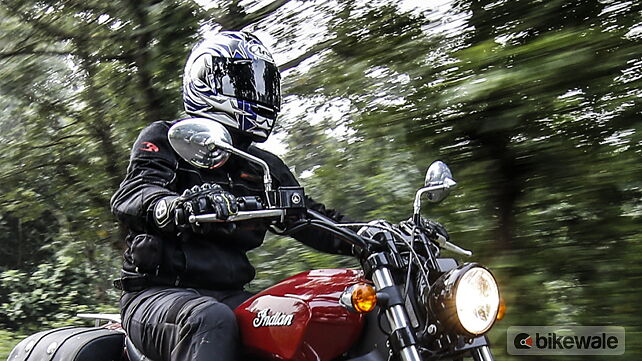


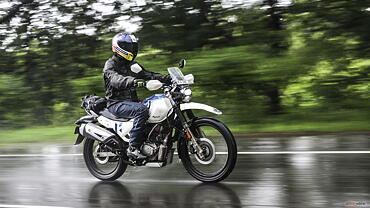
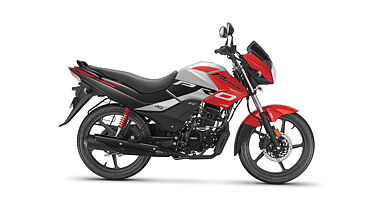
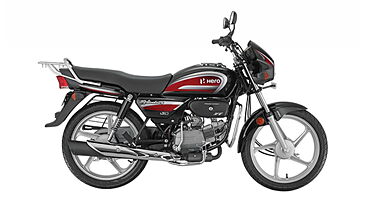
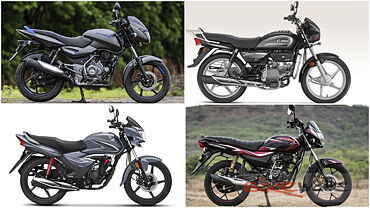
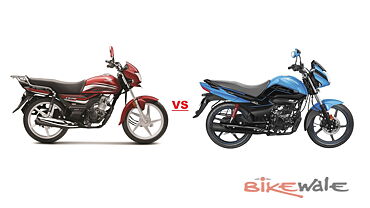

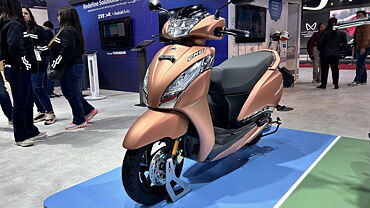
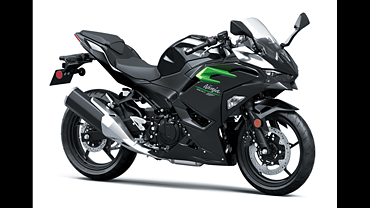
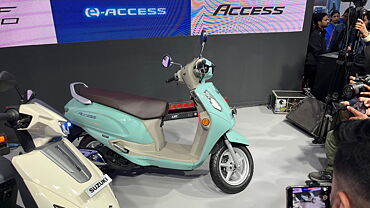
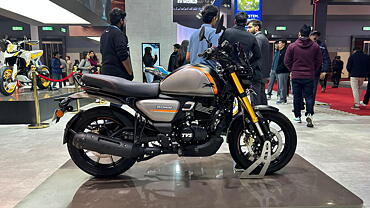


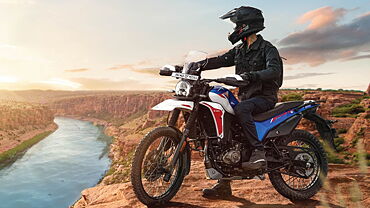
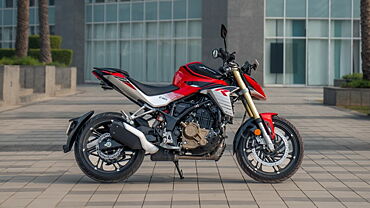






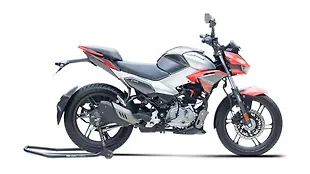
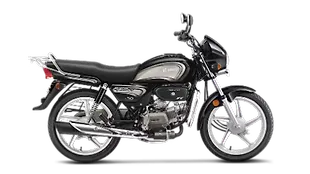
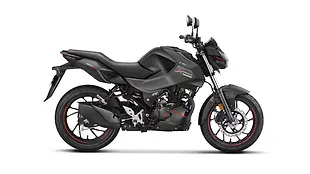





![KTM 390 Adventure X [2025] KTM 390 Adventure X [2025]](https://imgd.aeplcdn.com/272x153/n/cw/ec/190885/390-adventure-x-2025-right-side-view.jpeg?isig=0&q=80)